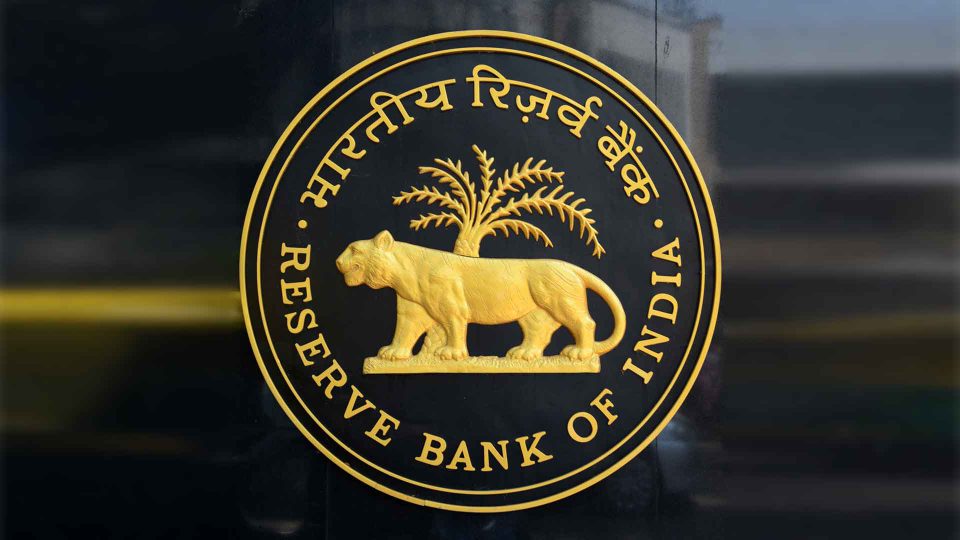RBI Likely to Cut Repo Rate by 25 Basis Points to 6% as Global Uncertainty Rises
The Reserve Bank of India’s (RBI) Monetary Policy Committee (MPC) is widely expected to cut the key repo rate by 25 basis points (bps) in its upcoming meeting scheduled between April 7 and 9. If implemented, the reduction will bring the repo rate down from 6.25% to 6.00%, marking the second consecutive cut by the central bank following a similar 25 bps reduction in February. This move comes amid a backdrop of growing global economic uncertainty, particularly following US President Donald Trump’s recent announcement of reciprocal tariffs, which has raised fears of increased inflation, heightened trade tensions, and slowing global economic growth.
A 25 bps repo rate cut, if enacted, will ease borrowing costs for consumers and businesses alike. Since the repo rate is the rate at which the RBI lends funds to commercial banks for short-term liquidity needs, a reduction directly affects lending rates across the banking sector. As seen after the February policy cut, most banks adjusted their repo-linked external benchmark-based lending rates accordingly. Therefore, borrowers can expect a drop in their equated monthly instalments (EMIs) on home and personal loans, offering some financial relief. Loans tied to the marginal cost of fund-based lending rate (MCLR) could also see a reduction, although full transmission of previous repo rate hikes has not yet occurred.
The upcoming MPC meeting also raises the question of whether the RBI will revise its monetary policy stance from ‘neutral’ to ‘accommodative’. While several economists, such as Madan Sabnavis, Chief Economist at Bank of Baroda, anticipate a shift to an accommodative stance signaling the potential for further rate cuts, others, including Sen Gupta of IDFC First Bank, expect the RBI to maintain its neutral stance. According to Sen Gupta, despite substantial liquidity infusions and system liquidity projected at 1-2% of net demand and time liabilities (NDTL) in Q1 FY26, the volatile global scenario may compel the RBI to hold its current stance.
Interestingly, the RBI is not expected to revise its inflation or growth forecasts in the April policy meeting. The central bank has previously projected a real GDP growth of 6.7% for the fiscal year 2025-26, with Consumer Price Index (CPI) inflation pegged at 4.2%. However, the US tariff announcements and their possible implications for India’s growth trajectory could influence future assessments. Notably, brokerage firm Nomura forecasts India’s GDP growth to slow down to 6% in FY2026, slightly below the 6.2% estimate for FY2025, reflecting cautious optimism amid external risks.
The MPC’s decision will be closely watched by markets, financial institutions, and borrowers, as it could set the tone for the RBI’s monetary policy direction in the coming quarters. Given the current economic landscape, including subdued inflation and global trade concerns, the central bank’s move could be pivotal in supporting domestic economic momentum while safeguarding against external shocks.
For more updates and detailed analysis on RBI’s monetary policy decisions, inflation outlook, and economic forecasts, visit our YouTube channel THE OLIGO for video news.

